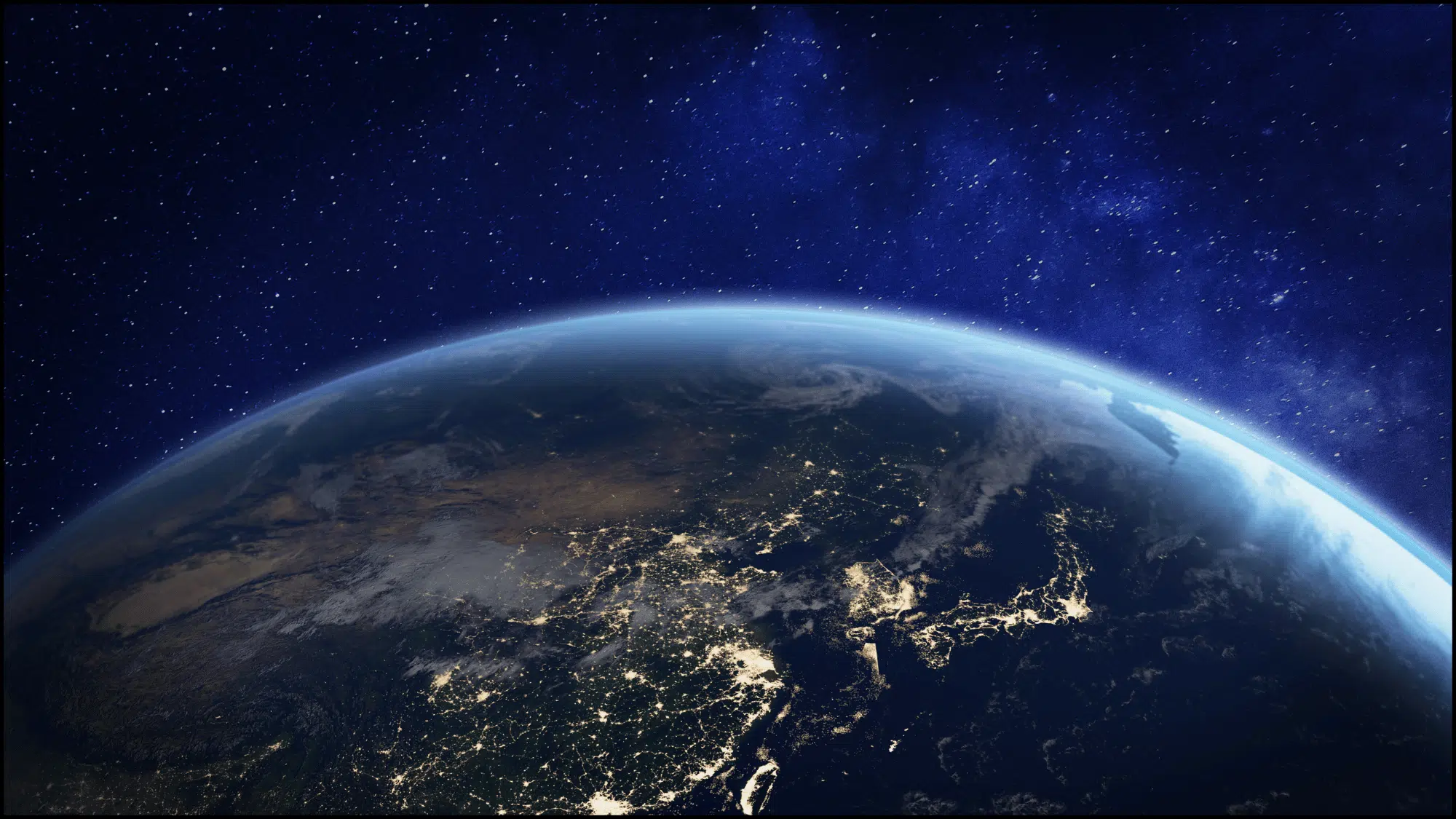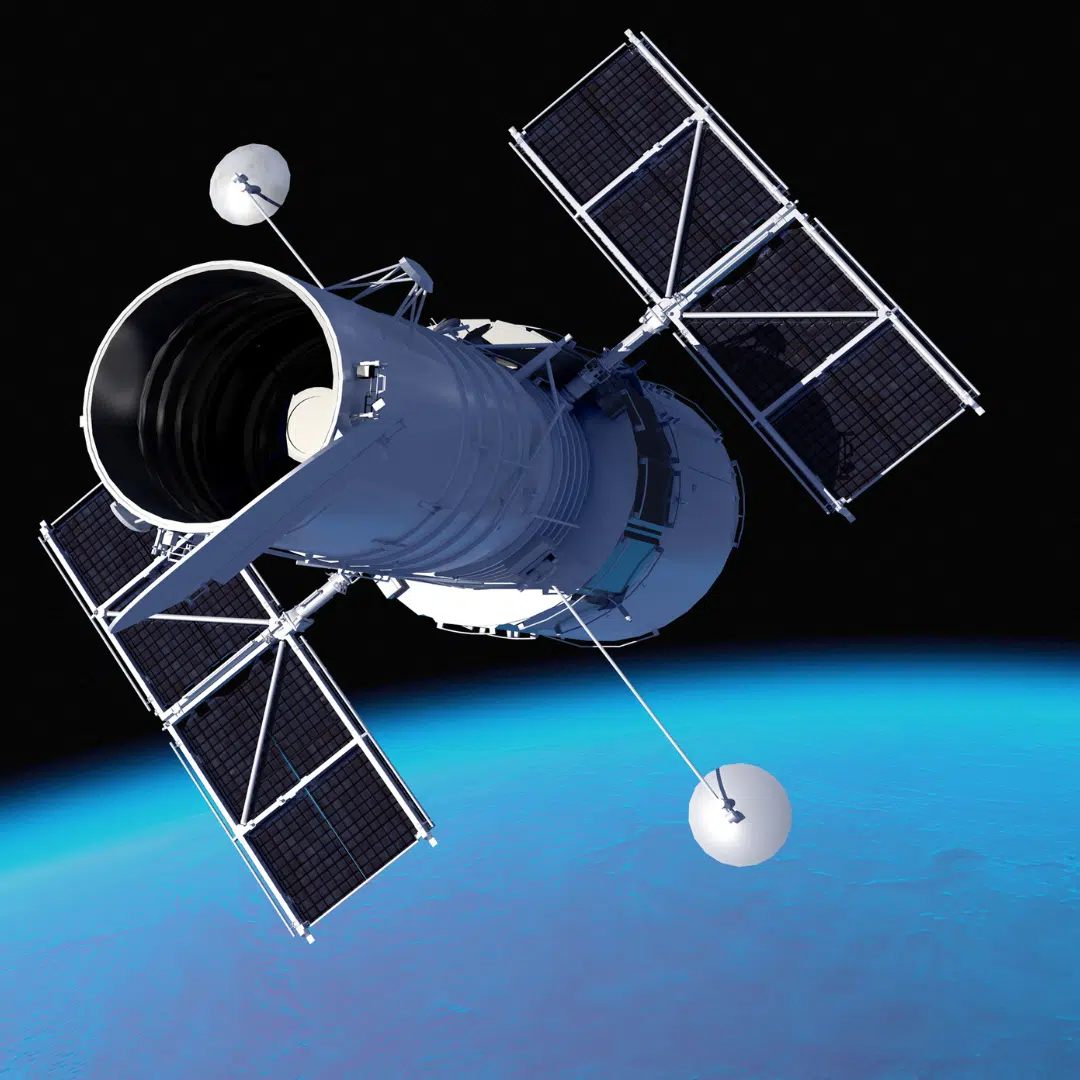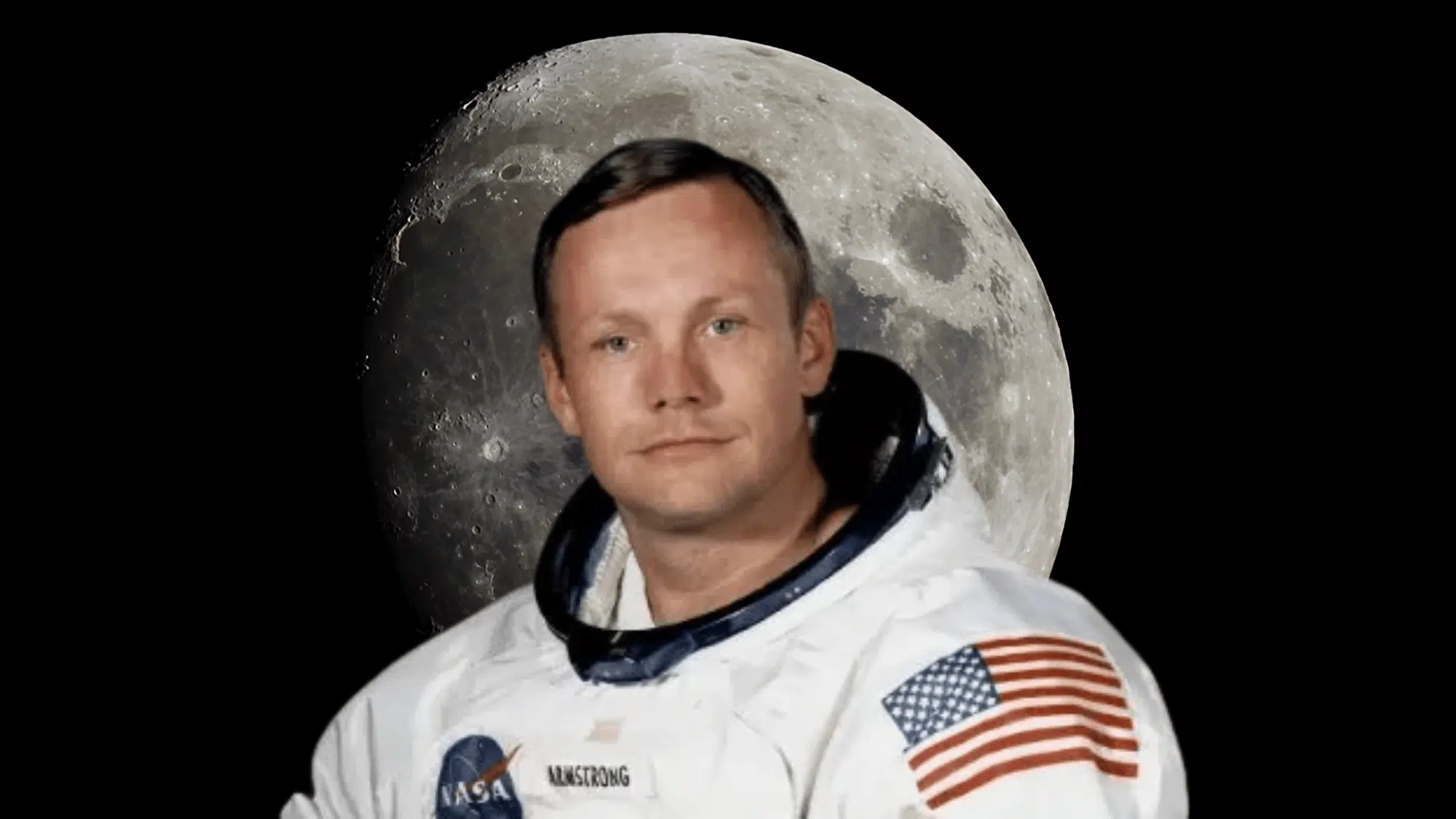Our planet holds secrets that would blow your mind. From invisible forces shaping continents to creatures surviving in impossible conditions, Earth constantly surprises scientists and curious minds alike.
Most people think they know their home planet pretty well, but the reality is far more incredible than anyone imagines.
What if knowing these hidden truths could change how someone sees the world around them? This collection brings together interesting facts that will make readers see their planet with fresh eyes.
Each insight offers a new perspective on the amazing world we call home, and some might just change everything they thought they knew about Earth.
About Our Planet Earth as a Planet
Planet Earth stands as the third rock from the Sun and the only known world in our solar system that supports life.
This blue marble spins through space at incredible speeds, traveling around the Sun at 67,000 miles per hour while rotating on its axis once every 24 hours.
What makes Earth special isn’t just its perfect distance from the Sun, but also its protective atmosphere and abundant liquid water.
The planet formed about 4.5 billion years ago and has been constantly changing ever since.
Earth’s unique combination of conditions creates the perfect environment for millions of species to thrive.
Top Earth Facts That Will Blow Your Mind


Earth holds incredible secrets that challenge everything people think they know.
From hidden oceans beneath the surface to lightning that strikes upward, these facts reveal our planet’s most surprising mysteries.
1. Earth is the third planet from the Sun.
2. Earth is the only known planet to support life.
3. About 71% of Earth’s surface is covered by water.
4. Earth’s atmosphere is composed mainly of nitrogen and oxygen.
5. Earth’s fossil record tells its evolutionary history.
6. Earth is part of the Milky Way galaxy.
7. Earth revolves around the Sun once every 365.25 days.
8. Earth’s axial tilt is about 23.5 degrees.
9. Earth’s equatorial diameter is about 12,756 km.
10. Earth’s polar diameter is about 12,714 km.
11. Earth has one natural satellite: the Moon.
12. The Moon is about 384,400 km away from Earth.
13. Earth’s gravity is 9.8 m/s² on the surface.
14. Earth’s atmosphere extends roughly 10,000 km into space.
15. The ozone layer protects Earth from harmful UV radiation.
16. Earth is the densest planet in the solar system.
17. Earth’s core is made mostly of iron and nickel.
18. The inner core is solid, while the outer core is liquid.
19. Earth’s magnetic field is generated by the outer core.
20. Earth’s crust is divided into tectonic plates.
21. Earthquakes occur due to tectonic plate movements.
22. The highest point on Earth is Mount Everest at 8,849 meters.
23. The lowest land point is the Dead Sea shore at -430 meters.
24. The Mariana Trench is the deepest oceanic point at about 11,034 meters.
25. Earth’s rotation is gradually slowing down.
26. Earth’s circumference at the equator is about 40,075 km.
27. Earth is not a perfect sphere but an oblate spheroid.
28. Earth’s axis precesses over a 26,000-year cycle.
29. Seasons are caused by Earth’s axial tilt.
30. The longest day of the year is the summer solstice.
31. The shortest day of the year is the winter solstice.
32. Earth experiences eclipses when the Sun, Earth, and Moon align.
33. A solar eclipse occurs when the Moon blocks the Sun.
34. A lunar eclipse occurs when Earth’s shadow falls on the Moon.
35. Earth’s atmosphere has five main layers.
36. The troposphere is where weather occurs.
37. The stratosphere contains the ozone layer.
38. The mesosphere is where meteors burn up.
39. The thermosphere is home to the auroras.
40. The exosphere is the outermost atmospheric layer.
41. Earth’s atmosphere allows liquid water to exist.
42. Water is found in solid, liquid, and gaseous states.
43. Earth’s oceans regulate climate by storing heat.
44. Ocean currents transport heat across the globe.
45. Earth’s biosphere includes all living organisms.
46. Earth’s lithosphere is the rigid outer shell.
47. Earth’s hydrosphere includes all water bodies.
48. Earth’s cryosphere includes glaciers and ice caps.
49. Earth’s mantle extends about 2,900 km deep.
50. Volcanoes form at tectonic plate boundaries.
51. Earth’s largest ocean is the Pacific Ocean.
52. The smallest ocean is the Arctic Ocean.
53. Earth has seven continents.
54. Asia is the largest continent.
55. Australia is the smallest continent.
56. Africa is the hottest continent.
57. Antarctica is the coldest continent.
58. Europe is the second smallest continent.
59. North America and South America are connected by the Isthmus of Panama.
60. The Amazon rainforest produces significant oxygen.
61. Deserts cover about one-third of Earth’s land.
62. The Sahara is the largest hot desert.
63. The Antarctic Desert is the largest desert overall.
64. Earth’s average surface temperature is about 15°C.
65. Earth’s magnetic poles shift over time.
66. The magnetic field protects Earth from solar wind.
67. Earth’s albedo measures how much sunlight it reflects.
68. Earth’s carbon cycle regulates CO₂ levels.
69. The water cycle circulates water through evaporation, condensation, and precipitation.
70. Tsunamis are caused by undersea earthquakes or eruptions.
71. Earth’s rotation causes the Coriolis effect, which influences wind and ocean currents.
72. Earth has been home to billions of species.
73. Humans have inhabited Earth for about 300,000 years.
74. Fossil fuels are formed from ancient organisms.
75. Earth’s atmosphere once had little oxygen; the Great Oxidation Event introduced oxygen.
76. Earth’s biodiversity is highest near the equator.
77. Polar regions have extreme seasonal variations.
78. Earthquakes can be measured by the Richter scale.
79. Volcano eruptions release gases and ash.
80. Plate tectonics recycle Earth’s crust.
81. Subduction zones create deep ocean trenches.
82. Mountain ranges form from colliding plates.
83. The Himalayas formed from the Indian and Eurasian plates.
84. Earth’s orbit is elliptical.
85. Perihelion is Earth’s closest point to the Sun.
86. Aphelion is Earth’s farthest point from the Sun.
87. Earth’s distance from the Sun averages 149.6 million km.
88. Earth’s atmosphere scatters blue light, making the sky appear blue.
89. Sunsets appear red due to longer light wavelengths scattering.
90. Earth has gone through several ice ages.
91. The last ice age ended about 11,700 years ago.
92. Earth’s climate has natural cycles.
93. Global warming is caused by greenhouse gases.
94. Deforestation affects Earth’s climate.
95. Oceans absorb a large portion of CO₂.
96. Coral reefs are highly sensitive to ocean warming.
97. Earth supports diverse ecosystems.
98. Earth’s rainforests are biodiversity hotspots.
99. Polar bears depend on Arctic sea ice.
100. Penguins live mostly in the Southern Hemisphere.
101. The Great Barrier Reef is the largest coral reef system.
102. Earth’s deserts can be hot or cold.
103. Earth’s rotation direction is west to east, causing the Sun to rise in the east and set in the west.
104. Leap years adjust the calendar for Earth’s orbit.
105. Earth has experienced five mass extinctions.
Recommended Books for Young Earth Explorers
These books make learning about Earth fun and easy to understand. Each one uses pictures, simple words, and exciting stories to teach kids amazing facts about our planet.
| Book Title | Author | Age Group | What Kids Will Learn |
|---|---|---|---|
| National Geographic Kids Everything Rocks and Minerals | Steve Tomecek | 8-12 years | Rock formation, gem types, volcano basics |
| The Magic School Bus Inside the Earth | Joanna Cole | 6-10 years | Earth’s layers, fossils and underground information |
| DK Eyewitness: Earth | Susanna Van Rose | 10-14 years | Planet formation, weather patterns and natural disasters |
| 13 Planets: The Latest View of the Solar System | David A. Adler | 8-12 years | Earth’s place in space, planet comparisons |
| The Great Kapok Tree | Lynne Cherry | 5-9 years | Rainforest ecosystems, animal habitats |
| Earth from Space for Little Ones | Patricia Hegarty | 4-8 years | Satellite views, continents, ocean features |
To Conclude
These interesting facts about Earth reveal just how extraordinary our home planet truly is. These incredible details help people appreciate the delicate balance that makes life possible here.
Every strange phenomenon and amazing process works together to create the only known living world in the universe.
Take a moment to look around today and notice something new about the world.
Share these facts with friends and family, because the more people understand about Earth, the better we can take care of our remarkable planet together.


















